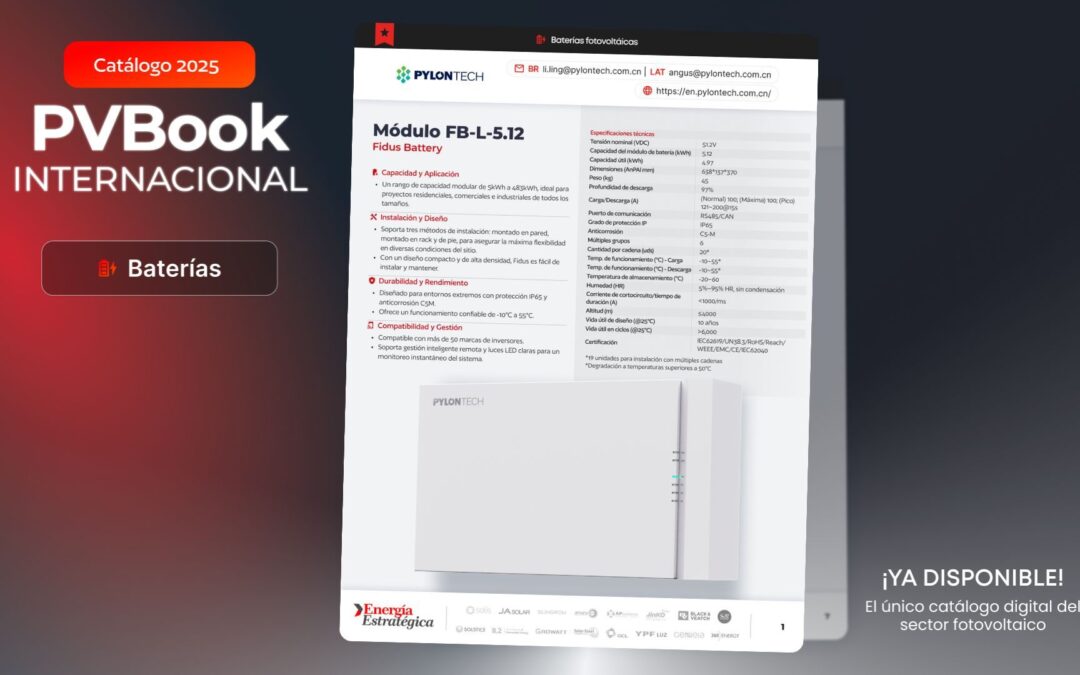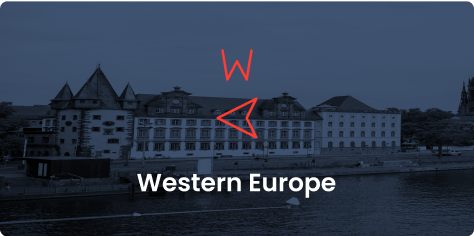The Government Council of the Principality of Asturias approved on 25 August 2025 the launch of the procedure to draft the sectoral territorial planning guidelines for battery energy storage systems (BESS) on non-developable land. The measure, published in the Official Bulletin of the Principality (BOPA) on 5 September, also includes the temporary suspension of permits for such projects, except in degraded or disused industrial, mining or energy land, and for self-consumption facilities of up to 3 MW.
The decision comes more than a year after the Commission of Urban Planning and Territorial Planning (CUOTA) warned of the lack of regulation and of the “uncontrolled influx of applications” from companies seeking grid connection points in the region without defined urban or social criteria. This situation sparked public concern and prompted the drafting of a regulatory framework.
According to the agreement, the Department of Territorial Planning, Urbanism, Housing and Citizens’ Rights will be responsible for drafting the guidelines, while the Department of Science, Industry and Employment will prepare the draft document and the initial strategic environmental assessment. The latter will define the objectives of the new regulation and the territorial and environmental aspects to be amended. Once completed, the draft will be subject to public consultation for one month.
A report by the University of Oviedo underpins the measure, identifying risks associated with BESS facilities in five categories: fires, gases, spills, electromagnetic emissions and noise. Although technological progress has improved safety, it is considered essential to establish siting criteria that take into account the urban-forest interface and current noise regulations.
The territorial context adds complexity: 44% of Asturias’ surface area consists of protected natural spaces, which have strict limitations on land-use transformation. In addition, the European Flood Risk Management Directive requires the exclusion of areas with significant proven risk. In parallel, the Principality, together with the CSIC and the University of Oviedo, is developing an inventory of degraded sites, already identifying 224 areas in the central region, of which 208 exceed one hectare. These areas, close to electricity demand and network infrastructure, are emerging as suitable sites for BESS projects.
The suspension of permits, authorities explain, is intended to “ensure the effectiveness of future planning”, preventing unregulated land uses that could hinder sectoral planning. The regulatory framework must balance the public interest status of BESS recognised under European law with environmental protection, citizens’ quality of life and territorial balance.
Through this process, Asturias seeks to align national commitments on the energy transition with the preservation of its rural and natural environment. The forthcoming regulation will establish definitive siting criteria, while also opening a space for public participation in which social and business stakeholders may contribute to shaping the regulatory framework.






























